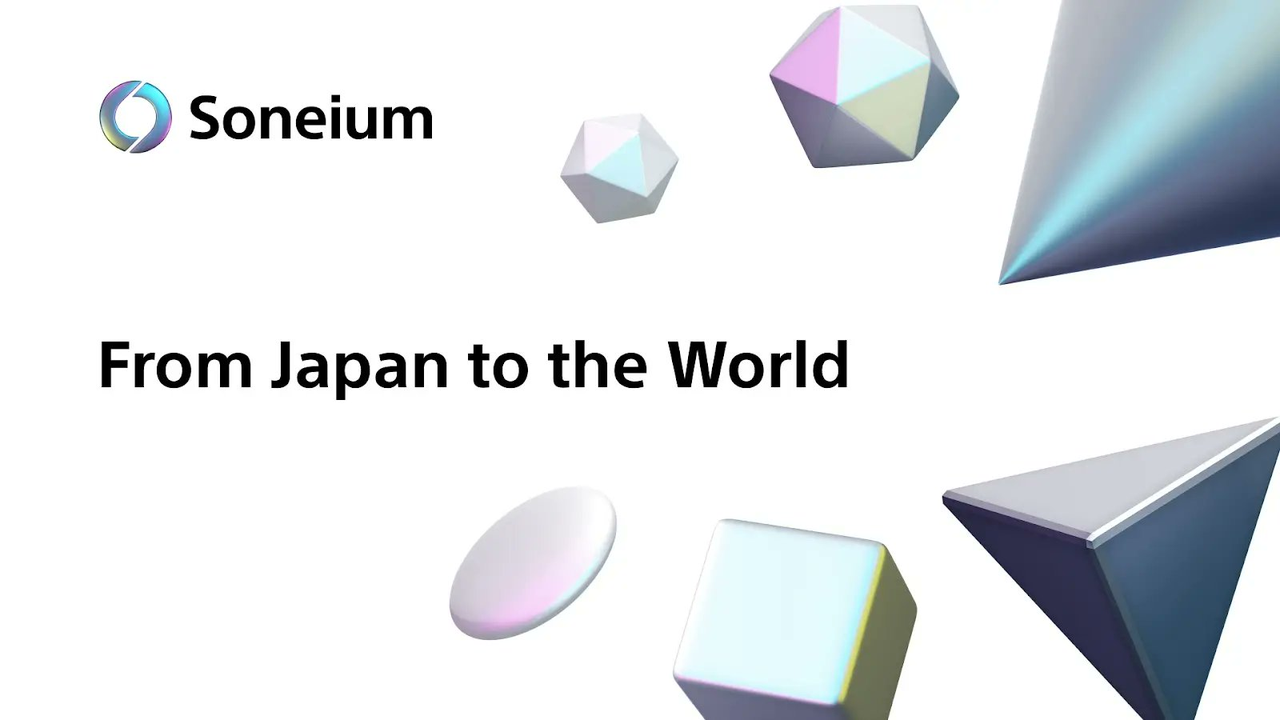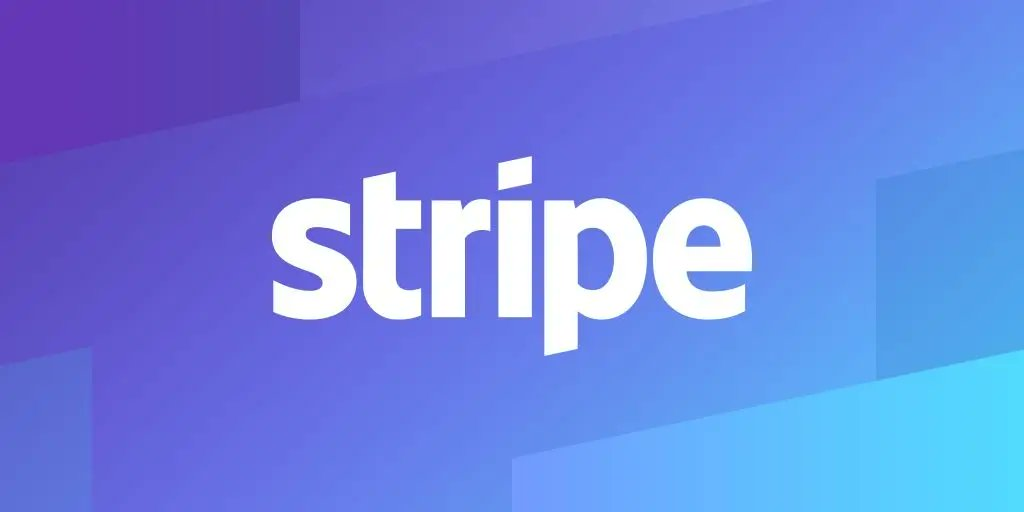Original Title: "The Rise of Corporative-Native Blockchains"
Written by: @ollieblocmates, Blocmates.
Translated by: J1N, Techub News
In the cryptocurrency industry, the terms "corporate" and "chain" are rarely mentioned together, let alone truly combined.
If you are still viewing from a traditional financial perspective, you might think that "corporate chain" is a completely different concept.
But don't get it wrong; the "corporate chain" here refers to native blockchain networks independently built by traditional enterprises. They either build public chains or layer two networks from scratch or create on-chain ecosystems based on existing technology stacks, migrating existing users onto the chain.
However, this trend has become increasingly evident in recent years, yet it is also controversial.
After all, these corporate chains are fundamentally different from the "decentralization," "anti-censorship," and "transparency" emphasized in the native cryptocurrency world. The core focus of corporate chains is compliance, control, and scalability; they emphasize strengthening existing financial and business systems rather than overthrowing and rebuilding a completely on-chain parallel world. The choice to build their own networks instead of directly connecting to existing public chains itself indicates a difference in values.
Nevertheless, whether it is financial giants exploring asset tokenization or supply chain giants utilizing blockchain for traceability, the embrace of distributed technology by enterprises is no longer a hypothesis but a reality. The year 2026 is likely to be a key point for the full implementation of corporate chains.
Next, we will review several traditional giants that are building blockchain networks and analyze the strategic logic behind corporate chains.
From Sony to Google, Giants are Building Their Own "Chains"
Some traditional giants have announced or begun constructing their own blockchains, each with different paths, providing various values to their existing user bases.
Unlike traditional public chains, corporate chains do not need to attract users from scratch; they come with a large traditional user base, and with the current mature wallet abstraction technology, users can be seamlessly connected to the chain. Here are a few typical cases:
Sony Public Chain Soneium
Sony has entered the cryptocurrency field by launching the public chain Soneium, which is an Ethereum Layer 2 network based on OP Stack and part of the Optimism Superchain.
Soneium aims to connect Sony's vast ecosystem of gaming, music, finance, and entertainment, creating a new on-chain experience while providing a complete platform for creators and developers with more flexible and unique experiences.

Currently, Sony has launched the "Soneium For All" game incubator, planning to support innovative projects within its network of 7 million users, demonstrating Sony's strategic determination.
Stripe Public Chain Tempo
Payment giant Stripe has partnered with Paradigm to create an EVM Layer 1 called Tempo, focusing on global payments and stablecoin services.

Stripe's goal with Tempo is to shorten settlement times, reduce costs, and directly integrate cryptocurrency-native capabilities into its ecosystem. The technical details of Tempo have not yet been fully disclosed, but it is seen as an important bridge for Stripe to connect traditional finance and cryptocurrency functions.
Google GCUL (Google Cloud Universal Ledger)
Google Cloud has collaborated with CME Group to develop the public chain GCUL, which is a private permissioned distributed ledger based on Python smart contracts, primarily serving institutional finance for settlement, collateral, and fee payment.
GCUL entered its private testnet in March 2025 and completed its first round of integration testing, with plans to go live in 2026 to connect with real market participants, aiming to become a 24/7 asset tokenization infrastructure.
Circle Public Chain Arc
After its IPO, Circle is building a stablecoin-native public chain called Arc.
Arc uses USDC as its Gas Token, features built-in foreign exchange quotes and settlements, sub-second (350 ms) confirmations, optional privacy features, and integrates with Circle's full suite of products.
Arc is EVM compatible, with a performance target of about 3000 TPS (transactions per second), and settlement times of less than 350 milliseconds (with four nodes reaching up to 10000 TPS). However, due to the expectation that only a small number of validators will support a large volume of on-chain transactions with USDC, Arc also faces questions regarding centralization and security.
Other Notable Cases
In addition to the examples above, there are other corporate chains under development:
FIFA: The International Football Federation is launching a dedicated blockchain based on the Avalanche subnet, migrating its digital collectibles from Polygon and Algorand to its own FIFA network.
JPMorgan Kinexys: One of the largest multinational companies in the U.S., JPMorgan is building a bank-grade blockchain called Kinexys for 24/7 trading, asset tokenization, and launching JPMorgan's deposit stablecoin to achieve native cash settlement and institutional client payment scenarios.
Toyota MON: Toyota has released a white paper for its Mobility Orchestration Network (MON), planning to use Avalanche as a foundation to build an intermediary network layer to coordinate complex multi-layered mobility ecosystem relationships. Toyota chose Avalanche for its fast final confirmation times and native cross-chain communication capabilities, aligning with MON's "locally built, globally collaborative" philosophy.
These and other corporate chains are expected to launch in 2026-2027, a year that may become a critical turning point for the explosion of global on-chain applications.
Why Do Enterprises Build Their Own Blockchains?
To be frank, we share the same question as you. We attempt to analyze the most reasonable reasons:
First, current public chains generally face trade-offs between speed, security, and decentralization. Enterprises operating large-scale users and businesses on-chain have requirements for performance, stability, and compliance that far exceed the capabilities of existing public chains.
Moreover, the economic models of most networks are highly volatile. For example, Ethereum's Gas fluctuates dramatically with Ethereum's price, and enterprises cannot directly pass such instability onto users.
More importantly, building their own public chains means mastering the underlying infrastructure and data flow, which holds more strategic value for traditional enterprises than renting public chain infrastructure on existing L1s.
Finally, the customizability of existing networks is limited and far from meeting enterprise needs. Corporate chains focus more on compliance, performance, and economic model design rather than building "extreme decentralization."
What Will the Future of Corporate Chains Look Like?
The number of corporate chain networks is rapidly increasing, and it is foreseeable that more corporate chains will emerge in the future, providing customized on-chain experiences for existing user groups through distributed systems.
Currently, most projects are still in the testnet or development stage, and the application effects have not yet truly manifested. However, it is certain that they do not need to worry about user growth, as they come with a large and stable user base.
As these projects go live, corporate chains may adopt a hybrid ecosystem: on one hand, meeting strict compliance requirements and strengthening identity verification; on the other hand, interconnecting with cryptocurrency-native networks to achieve seamless value flow.
Additionally, corporate chains may surpass public chain projects in user experience. Traditional enterprises have decades of experience and capital in user service, operations, and product experience, allowing them to provide higher quality and more "seamless" on-chain experiences at the expense of some decentralization.
Conclusion
With the rise of corporate chains, we may no longer say we are in the "early" stage. All aspects of industry development have quietly begun to operate.
Of course, trends inevitably come with trade-offs and compromises.
As mentioned earlier, corporate chains emphasize compliance, control, and efficiency rather than complete decentralization, which has also raised external doubts about whether they deviate from the original intention of "open innovation" in the cryptocurrency world.
However, from the perspective of promoting mainstream applications, these "compromises" are undoubtedly a necessary cost for cryptocurrency technology to enter banks, enterprises, and regulatory systems.
For purists in the cryptocurrency world, this may be a less optimistic signal— the boundaries between cryptocurrency-native ecosystems and corporate-native ecosystems will increasingly blur in the future.
But considering that cryptocurrency-native public chains are also continuously optimizing issues such as the number of nodes, architectural design, and the "blockchain trilemma," it actually reflects a reality: most users do not care whether transactions occur on public chains, consortium chains, or corporate chains.
For users, as long as the experience is smooth enough, the speed is fast enough, the system is trustworthy and reliable, and it can genuinely enhance the convenience of life, they will accept it.
From this perspective, the rise of corporate chains has already released a clear signal: cryptocurrency technology is quietly infiltrating global infrastructure.
免责声明:本文章仅代表作者个人观点,不代表本平台的立场和观点。本文章仅供信息分享,不构成对任何人的任何投资建议。用户与作者之间的任何争议,与本平台无关。如网页中刊载的文章或图片涉及侵权,请提供相关的权利证明和身份证明发送邮件到support@aicoin.com,本平台相关工作人员将会进行核查。




